Pond salt is a form of pure evaporated salt, which benefits the overall health of pond fish. There are two ways to use pond salt and that is to maintain the overall health of your fish and to medicate fish when suffering from illness. Pond salt is a cheaper yet effective alternative to expensive chemical products. However, you must use it correctly as it can become dangerous.
Jump to section:
What are the benefits of pond salt? • What are the dangers of using pond salt? • How to use pond salt
What are the benefits of pond salt?
When used in low doses, pond salt can be extremely beneficial for pond fish species. It aids the development of stout slime, which protects against parasites, bacteria, and other toxins. Pond salt adds electrolytes into the water, this helps support the fish’s bodily functions from their heart to their vision.
Pond salt contributes to healthy fish
Not only does it improve physical health but also reduces stress levels in the fish creating a calmer environment. Fish can suffer from stress because of various reasons like injury, transport, or handling. The side effects of this can cause fish to over-hydrate and lose salt, which is why pond salt can be beneficial.
Additionally, it is a much safer treatment to use instead of products containing various chemicals, which aren’t natural solutions. If you are wanting to treat your fish on a budget, pond salt is great. As it is inexpensive and doesn’t require high doses. You also don’t have to worry about the salts damaging your filter as the filters don’t remove the salt.
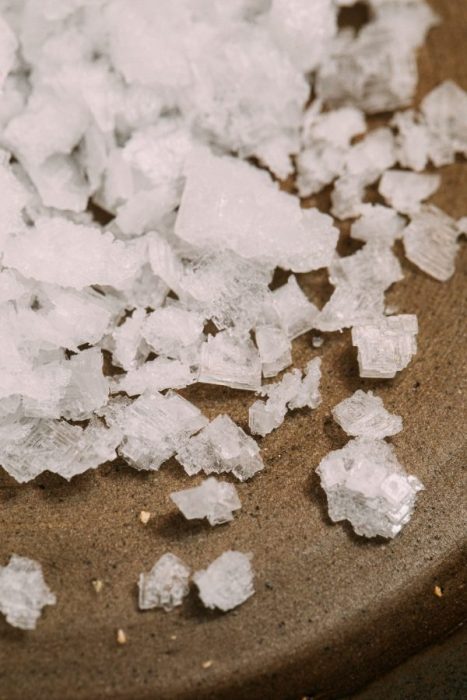
What are the dangers of using pond salt?
The key danger of pond salt is overdosing your pond, so make sure you are dosing your water correctly. In some cases, fish have died from too much salt in the water. This happens because the fish dehydrate due to the osmotic pressure. When adding salts into your pond make sure to dissolve beforehand. This is because lumps of salt can cause burns to fish that go near it. Pond salts can not only be harmful to fish but pond plants. So we recommend that you remove your plants before adding salt in.
When you add salt into a pond it won’t evaporate or oxidise and won’t be removed by the filters. So, the only way to discard the salt is by changing the water, which can take some time. Ensure that if you’re adding pond salts into your water that it’s for a long-term solution. Alternatively, treat your fish with pond salts in a quarantine tank.
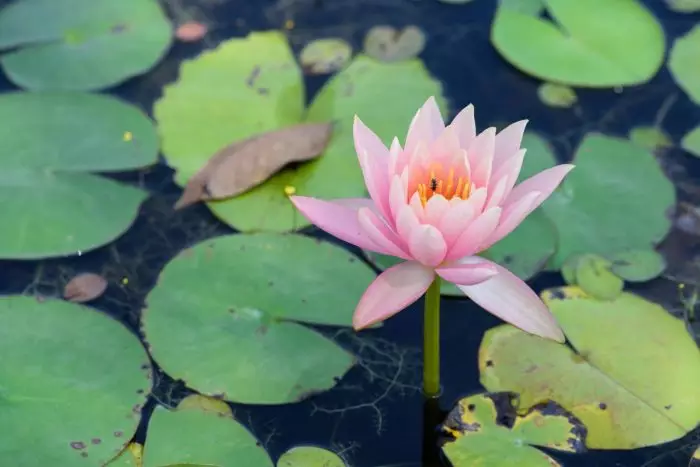
Related Products
-
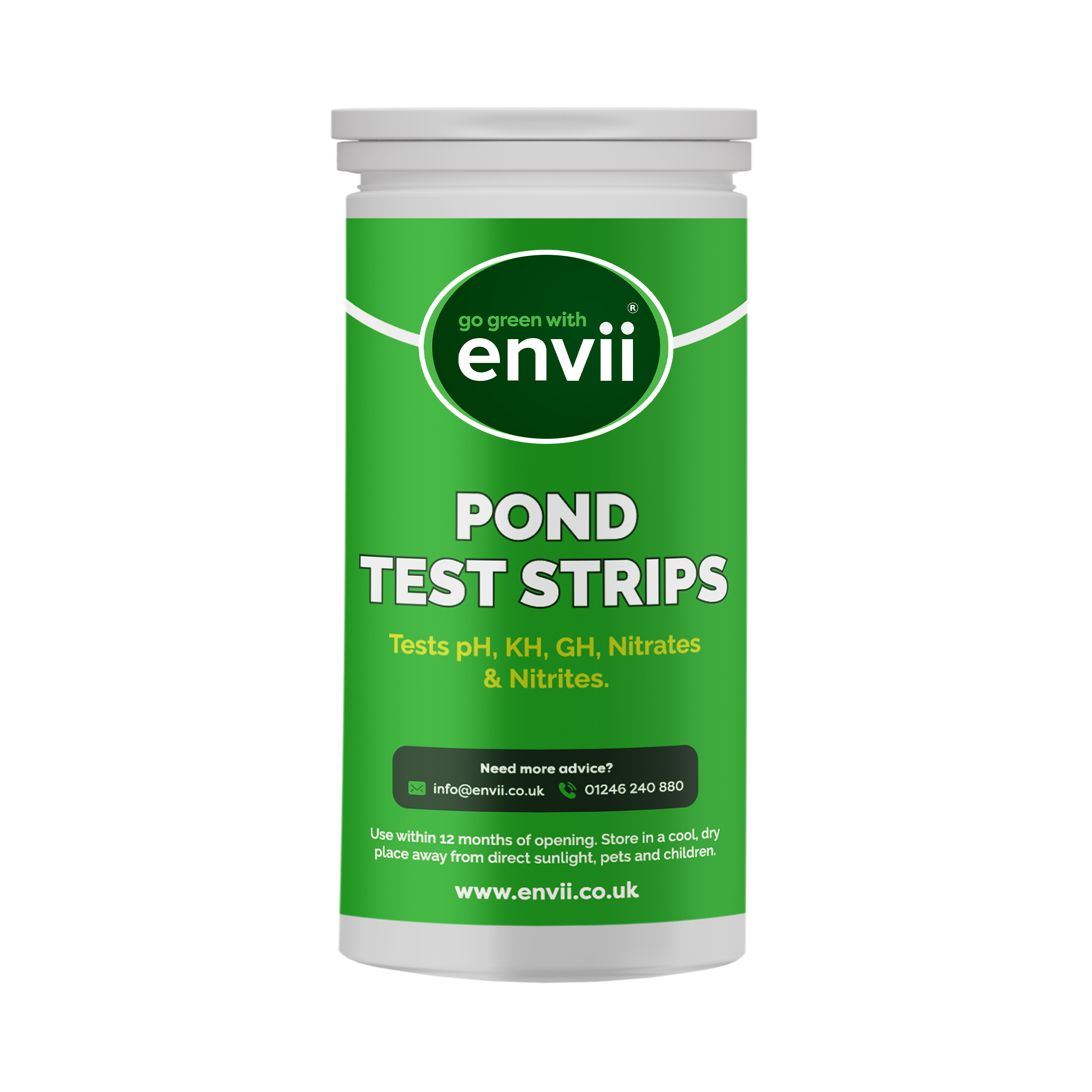
Envii Pond Test Strips
£11.99Easy to use Pond Test Strips measuring 5 key water parametersAdd to Basket -
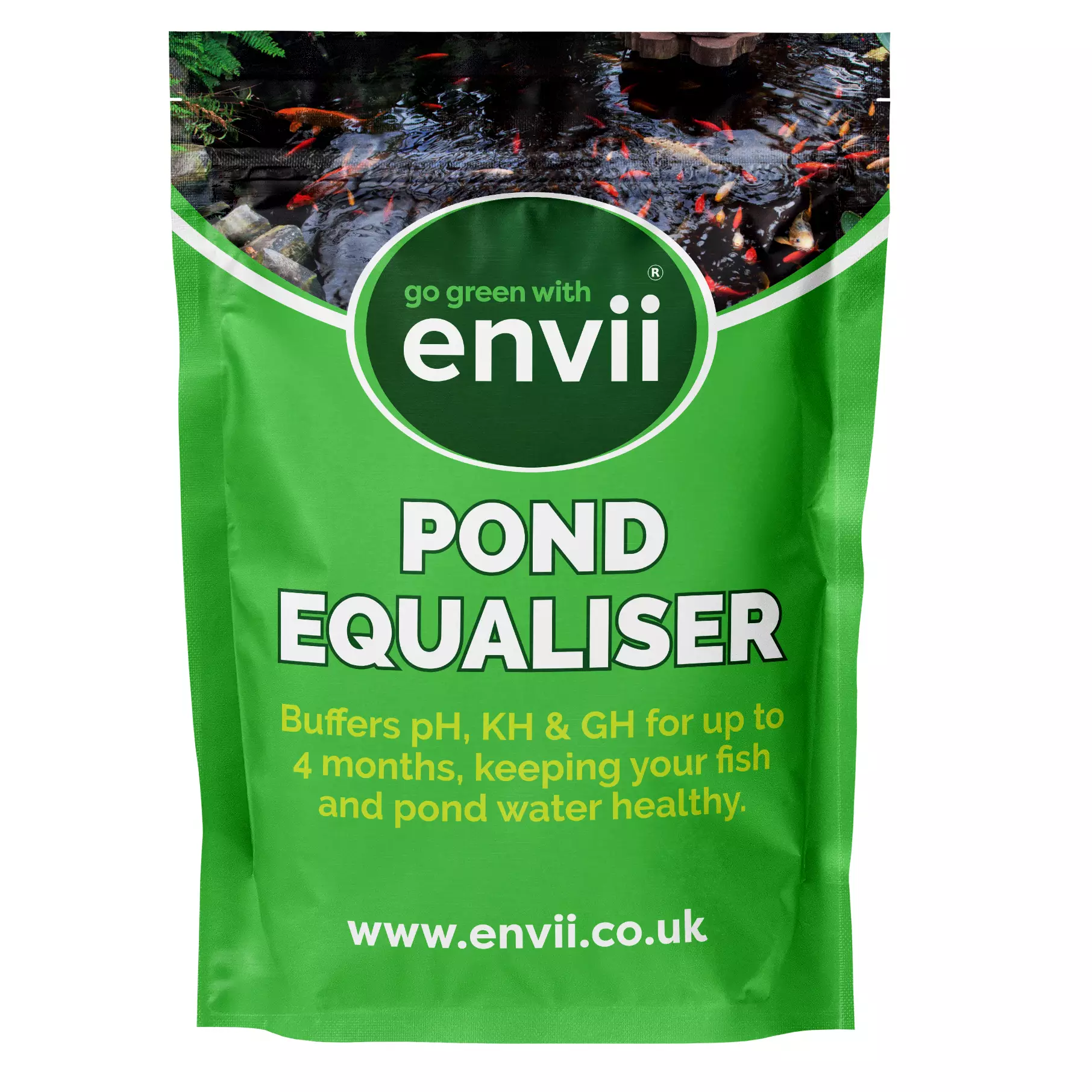
Envii Pond Equaliser
£15.99Stabilises the pH & KH in ponds to keep water safe for fish.Add to Basket
How to use pond salt
Pond salts can be difficult to use as it’s important to get the dosage correct. Some tools can help with dosage, such as a salt meter to measure the levels or a hydrometer. These enable you to have accurate readings of current levels and then you can decide if it is necessary to add more. We recommend that you only add high levels of salt around 0.6% when the fish are unwell. However, to aid overall health and development add 0.1%-0.5%.
When you add salt into your pond, you need to make sure it is distributed correctly to ensure it won’t burn your fish. To achieve this, you can add the correct dose of salt and water into a bucket to create a solution and then pour it around the edges of the pond.
If you are wanting to avoid adding salts directly into your pond because you have only a small number of fish that are unwell, you can place them into a quarantine tank and add a high level of salt. The fish can only stay in the salt bath for a short amount of time but doing this gives them chance to focus on healing instead of retaining the salt. Once the fish have spent some time in the quarantine tank, they can go back into their pond.
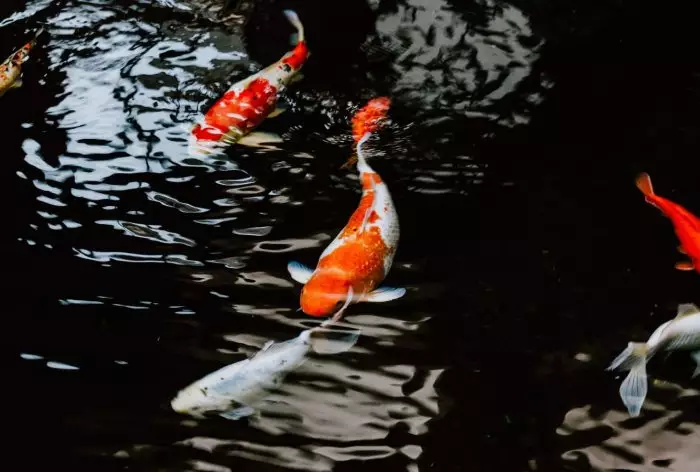
In conclusion, pond salts are a natural alternative to chemical solutions for improving and maintaining the health of your fish. Although they can be dangerous if not used correctly, they are much safer for not only your fish but wildlife too. If you worry about the effects it could have on the rest of your pond, we recommend using a quarantine tank so you can monitor your fish.

 Call us on 01246 240880
Call us on 01246 240880 Free 48hr Delivery
Free 48hr Delivery Sign-up and receive 10% off
Sign-up and receive 10% off